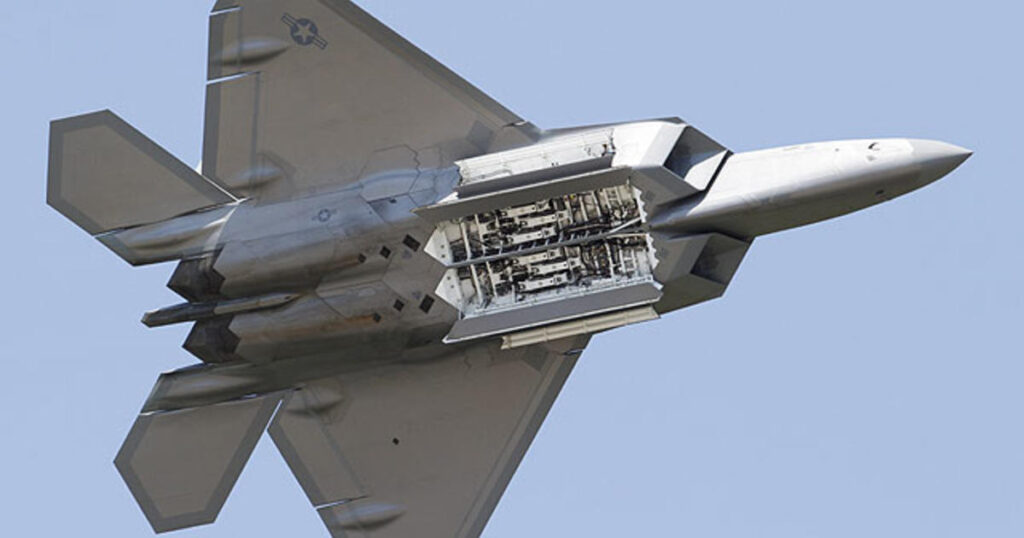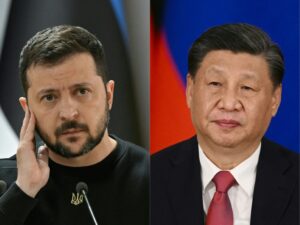
100+ US Air Force Warplanes Conduct 24-Hour-Long Combat Drills With S.Korea Amid North’s Unhinged Missile Tests
On October 31, the United States and South Korea started one of their biggest common military drills, with hundreds of spurts from both sides bluffing attacks around the timepiece for further than a week.
In a statement last week, theU.S. Air Force said that the operation, codenamed watchful Storm, will go until November 4 and involve around 240 warplanes flying,600 excursions. It added that the number of operations is the loftiest ever for this periodic event.
According to the Yonhap News Agency, South Korea transferred out about 140 aircraft, including F- 35A covert fighters, F- 15K and KF- 16 spurts, and theU.S. transferred out about 100 means, including KC- 135 tankers,U-2 high- altitude surveillance aircraft, EA- 18 electronic warfare aircraft, and F- 35B covert fighters grounded in Okinawa, Japan.
These common air drills were first conducted back in 2015. still, to promoteinter-Korean harmony, they were discontinued in 2018 by the also- Moon Jae- in administration. These are touted as the largest air drills on the promontory.
The drills between the two seasoned abettors come amid North Korea’s unknown launches of ballistic dumdums that have transferred alarm bells ringing in the entire region. The exercises will be the biggest of their kind conducted by the two nations since North Korea conducted a nuclear test in 2017.
Among other aircraft, the watchful Storm service drill will feature F- 35 covert fighter variants from theU.S. and South Korea. In addition, Australia will also shoot out an upstanding refueling aircraft.
( South Korea) andU.S. Air Forces will work together with the common services to perform major air operations similar as close air support, protective counter air, and exigency air operations 24 hours a day during the training period, ” theU.S. Air Force said. “ Support forces on the ground will also train their base defense procedures and survivability in case of attack. ”
before this month, 150 North Korean spurts shared in a coordinated air- attack exercise on October 8 under the direction of Kim Jong- un. Su- 25, MiG- 29, MiG- 23, MiG- 21, and MiG- 19, all Soviet- period stretch fighter spurts, were among the fighter spurts visible in the photos from the drills that went viral on social media.
While the South Korean service emphasized that these common drills would bolster functional capabilities between the two mates and discourage North Korea from carrying out provocations, Pyongyang advised that these drills were aimed at rehearsing an irruption.
Technically, the two Koreas remain at war in the absence of any palpable peace convention.The two ballistic dumdums launched by North Korea last week marked the 28th launch in 2022 alone. They came against the background of South Korea belting up its Hoguk military drills, a common amphibious operation between the South Korean cortege , marine fraternity, and air force.
TheU.S. and South Korea, therefore, claimed that similar training is necessary to combat possible pitfalls from North Korea, which has conducted a record number of bullet launches this time and has started preparing to renew nuclear testing for the first time since 2017.
This time has been one of the busiest in terms of military exertion on the Korean promontory.In August 2022, South Korea and the United States launched regular common military exercises called ‘ Ulchi Freedom Shield ’ on August 22 that included field training for the first time in four times. These drills saw computer simulations for command posts, field training, and civil defense drills.



